Summer in Keokuk, Iowa brings longer days, sunny skies, and more time spent outdoors—but for our pets, the rising temperatures can also bring serious health risks. Dogs and cats are more vulnerable to heat than people, and they rely on us to help them stay safe during the warmest months of the year.
At Krichel Animal Hospital, we want your pet to enjoy everything summer has to offer—without the risk of heatstroke or other seasonal hazards. In this guide, we’ll explain how pets regulate heat, what signs to watch for, and why the days after a heat-related emergency matter just as much as the initial crisis.
Why Are Pets So Sensitive to Heat?
While humans can cool off by sweating, our pets don’t have that luxury. Dogs primarily regulate body temperature by panting, while cats sweat through their paw pads and cool themselves by grooming. This limited ability to release heat makes it easy for pets to become overheated—especially when the humidity is high, the pavement is hot, or the shade is hard to find.
Certain pets are more at risk than others. Flat-faced (brachycephalic) breeds like Bulldogs and Pugs, overweight animals, and senior pets or those with heart or respiratory conditions all struggle more in the heat. Even a short walk in the midday sun can quickly become dangerous for these pets.
Learn more about how short-nosed breeds handle heat at Purina Pro Club.
Spotting the Warning Signs of Heatstroke
One of the most dangerous heat-related conditions in pets is heatstroke—a medical emergency that requires immediate attention. The early signs can be subtle. Your dog might start panting heavily, drooling excessively, or seem restless and eager to lie in the shade. Cats may become withdrawn, lethargic, or start grooming more than usual in an effort to cool themselves.
If the condition progresses, symptoms become much more serious: vomiting, diarrhea, weakness, disorientation, pale or bright red gums, and even seizures. Once a pet’s internal temperature becomes too high, their organs begin to shut down rapidly—and minutes count.
Read more from AAHA: Too Hot to Handle: A Guide to Heatstroke in Pets
Beyond the Crisis: The Days After Heatstroke Matter
Even if your pet appears to recover after a heat episode, they’re not necessarily out of the woods. The 48–72 hours following a heatstroke event are critical—and complications during this time can be life-threatening.
Here’s why: heatstroke doesn’t just raise body temperature—it can trigger widespread internal damage. The kidneys, liver, gastrointestinal tract, and even the brain can all be affected by the extreme stress of overheating.
In the days following heatstroke, pet owners should be on high alert for:
- Vomiting or diarrhea that doesn’t resolve
- Refusal to eat or drink
- Weakness or unsteadiness on their feet
- Changes in urination—especially if your pet stops urinating
- Blood in the urine or stool
- Seizures or sudden behavioral changes
These signs may indicate serious issues like acute kidney injury, intestinal damage, neurological trauma, or coagulation disorders. Your veterinarian may recommend follow-up lab work and monitoring to catch these complications early.
How to Prevent Heatstroke Before It Starts
Prevention is far easier—and safer—than treatment. During hot weather, always make hydration a priority. Keep multiple water bowls available (and clean!), and offer wet food when possible to increase moisture intake. Walk your dog early in the morning or later in the evening, when temperatures are cooler and pavement won’t burn sensitive paws.
Shade is essential when your pet is outside, but even in the shade, it can still be too hot. Provide access to fans, cooling mats, or even shallow kiddie pools for dogs who enjoy water. For indoor pets, air conditioning or portable fans can make a big difference in comfort.
And no matter how quick the errand seems, never leave your pet in a parked car—even with the windows cracked. On a warm day, temperatures inside a vehicle can climb to fatal levels in just minutes.
See more heat safety tips from AAHA: Beyond the Basics
Don’t Forget About Other Summer Hazards
While heat is the biggest concern during summer, it’s not the only one.
Fireworks and thunderstorms can trigger anxiety in many pets. Keep them indoors in a quiet, secure space during loud events, and talk to your veterinarian about options like pheromone diffusers, calming wraps, or prescription medications.
Summer cookouts are another source of risk. Bones can splinter, fatty meats can cause pancreatitis, and foods like onions, garlic, grapes, and alcohol are toxic to both cats and dogs. Always keep human food out of reach, and provide pet-safe treats if they’re joining the celebration.
For more: BBQ Foods You Shouldn’t Share with Your Pet
What to Do If You Suspect Heatstroke
If you think your pet is suffering from heatstroke, act quickly:
- Move them into a shaded or air-conditioned area immediately.
- Offer small amounts of cool (not cold) water.
- Apply cool, damp towels to their belly, armpits, and paw pads.
- Use a fan to help lower their body temperature gradually.
- Call your veterinarian right away. Even if your pet seems better, they still need medical evaluation.
Learn more: How Can I Prevent Heatstroke in My Pet?
How Krichel Animal Hospital Can Help
At Krichel Animal Hospital, we’re committed to helping your pets stay safe, comfortable, and healthy through the hottest months of the year. We offer:
- Emergency treatment for heatstroke, including IV fluids and cooling therapy
- Follow-up monitoring to catch hidden complications after a heat event
- Preventative summer wellness exams to assess heat-related risks
- Customized care plans for pets who are especially vulnerable to the heat
- Nutritional advice to support hydration and maintain a healthy weight
If your pet has shown any signs of heat-related illness, or if you’d like to take proactive steps to prevent one, we’re here to help.
Need summer safety advice or post-heatstroke care?
Contact Krichel Animal Hospital today to schedule an appointment.
A Safe, Happy Summer Starts with Awareness
Summer is a time for fun—but also for vigilance. Know the risks, watch for signs of heat distress, and don’t hesitate to act when something feels off. Early intervention saves lives—and the right care in the days that follow can prevent long-term harm.
At Krichel Animal Hospital, we’re here to keep your pet thriving through every season. Schedule a summer check-up or reach out anytime you have concerns—we’re just a phone call or click away.


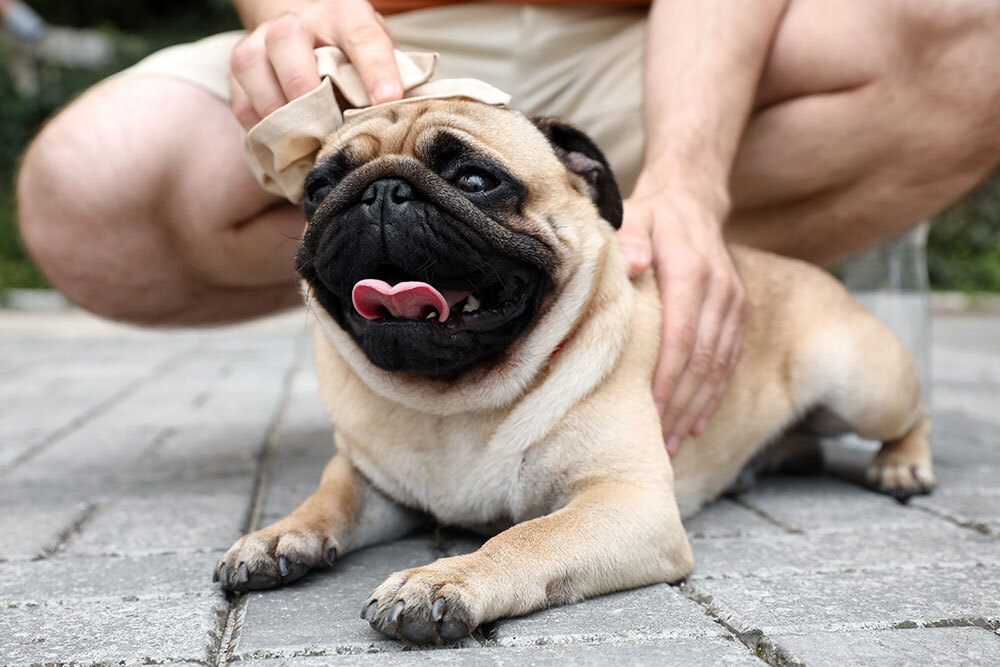
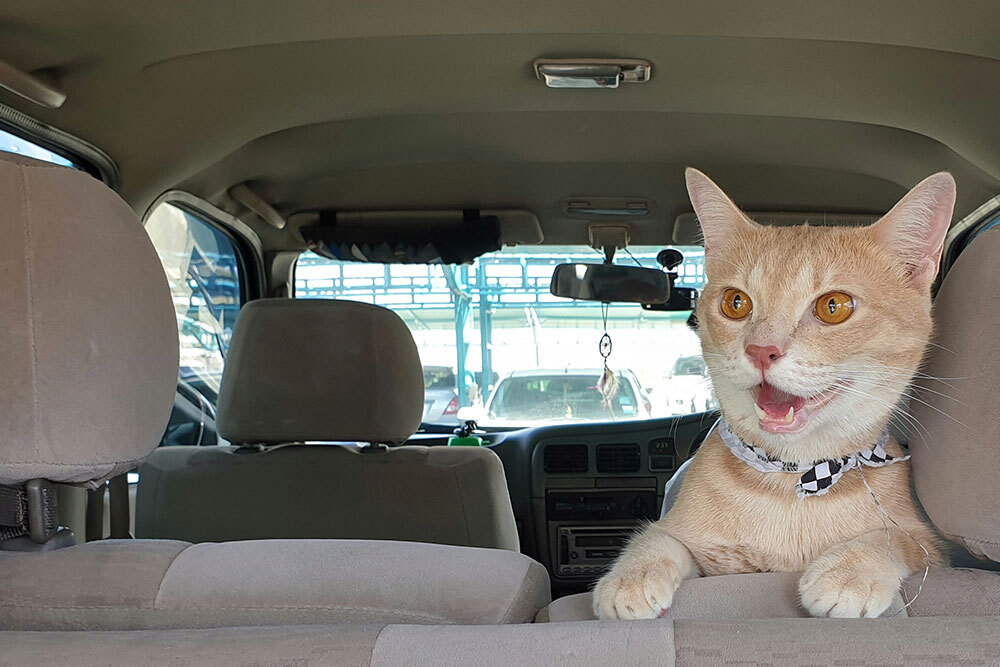
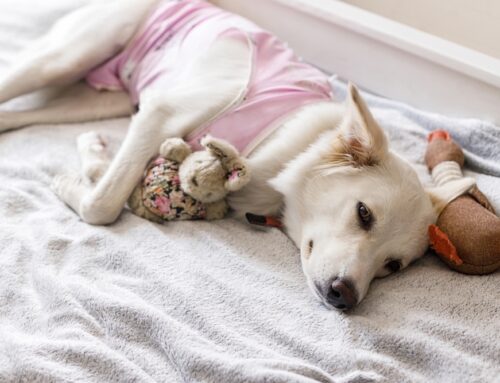

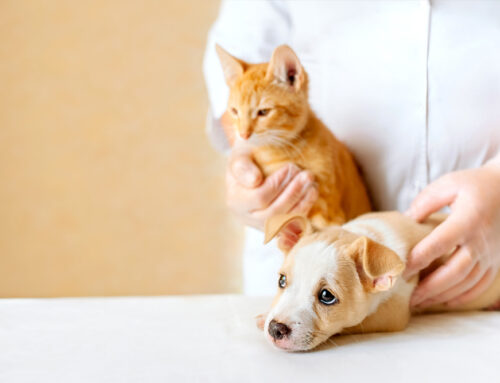
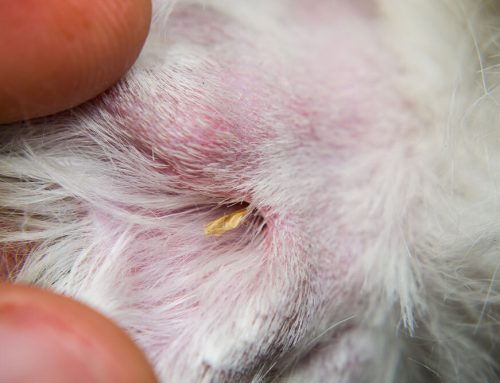
Leave A Comment